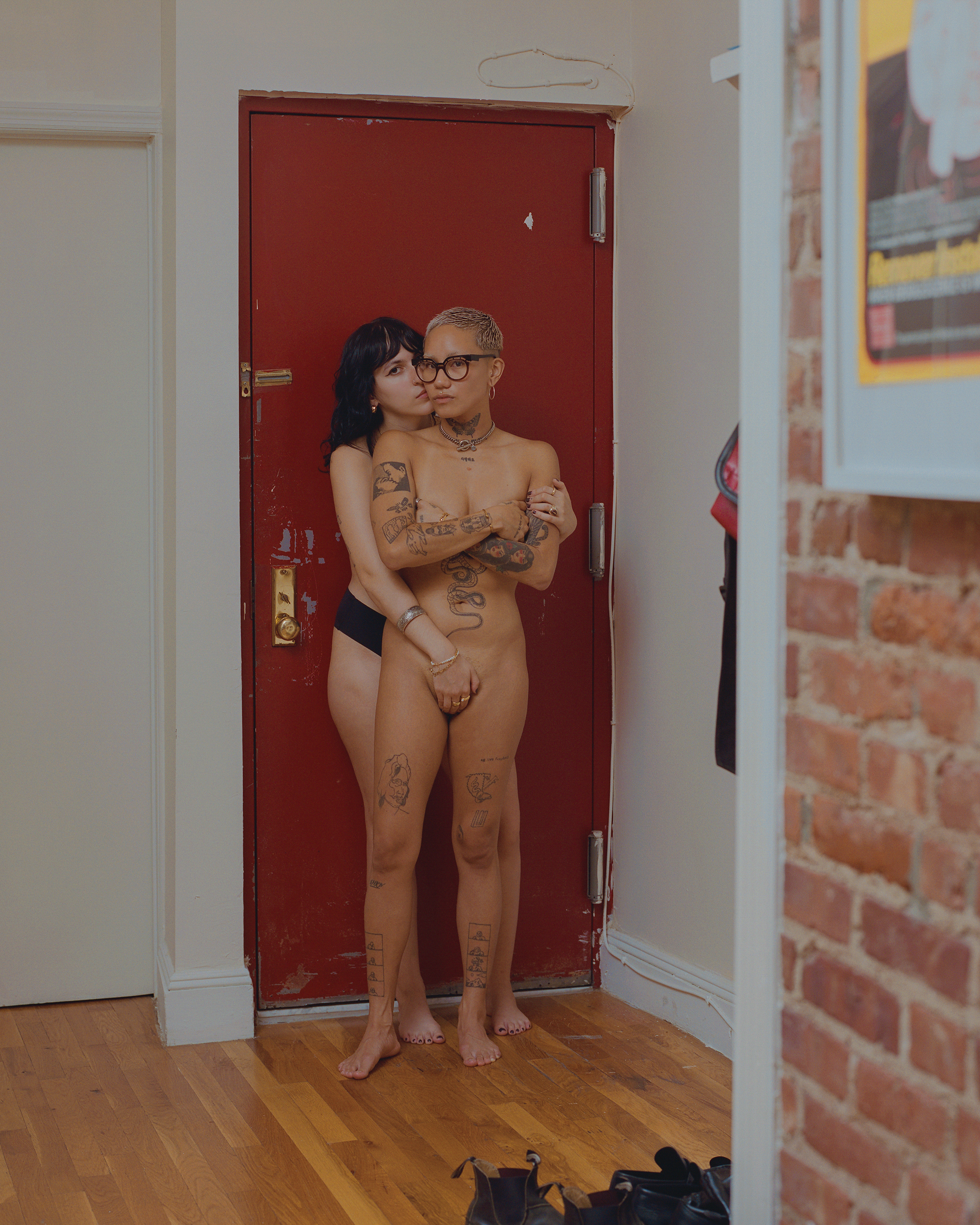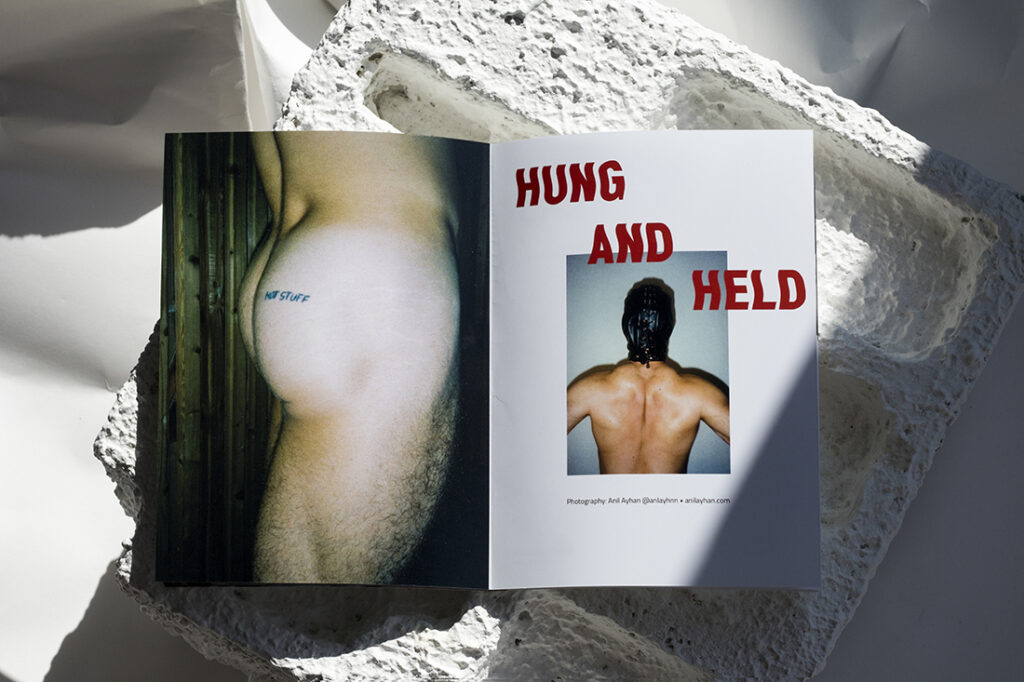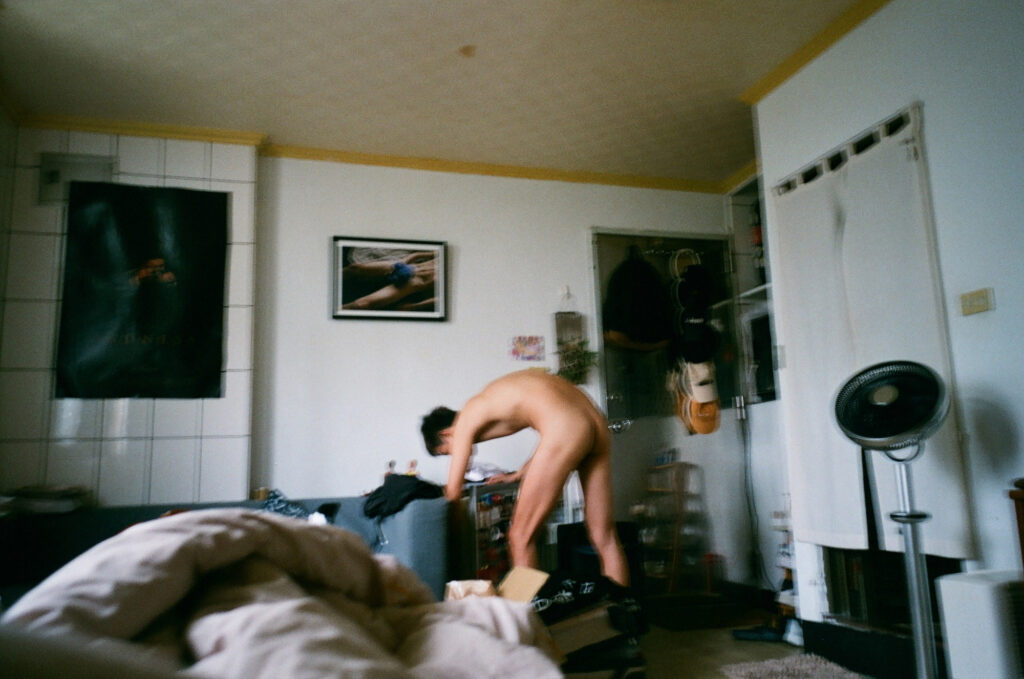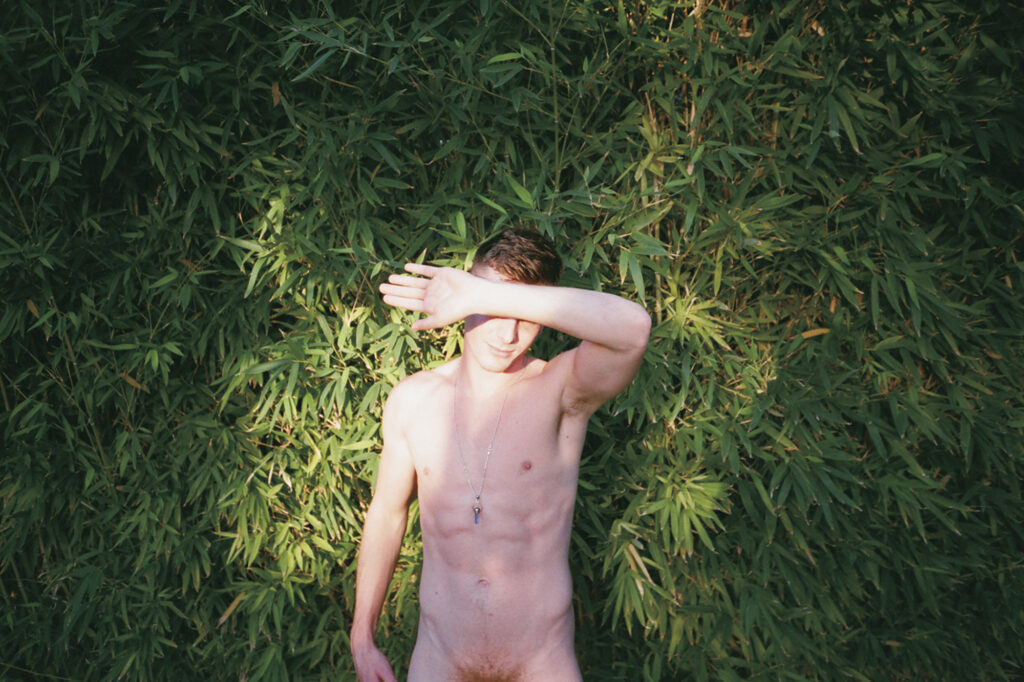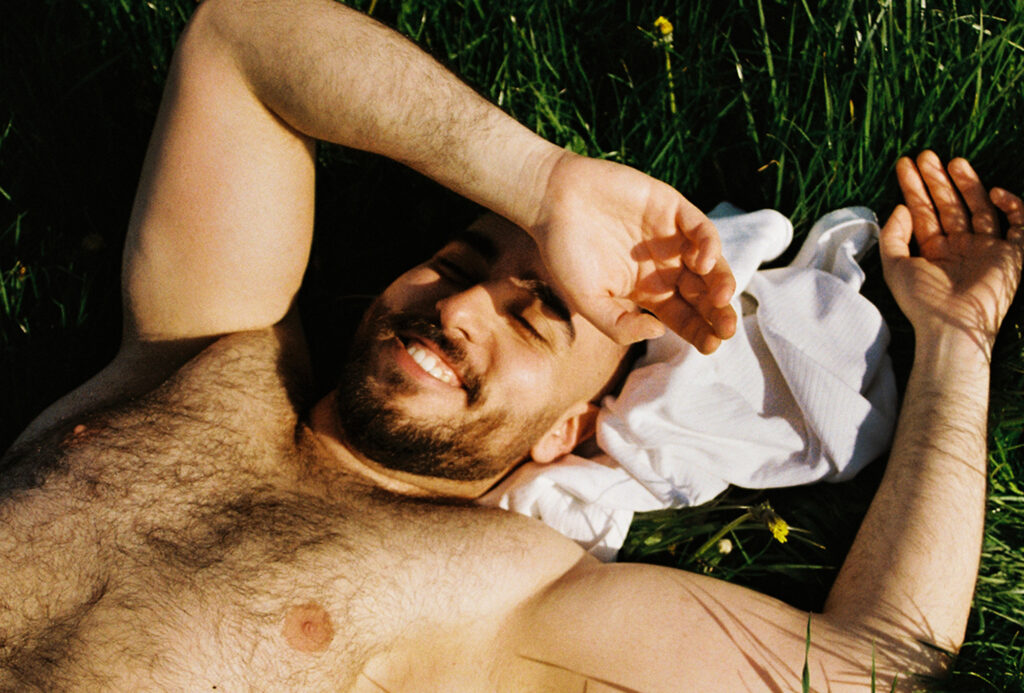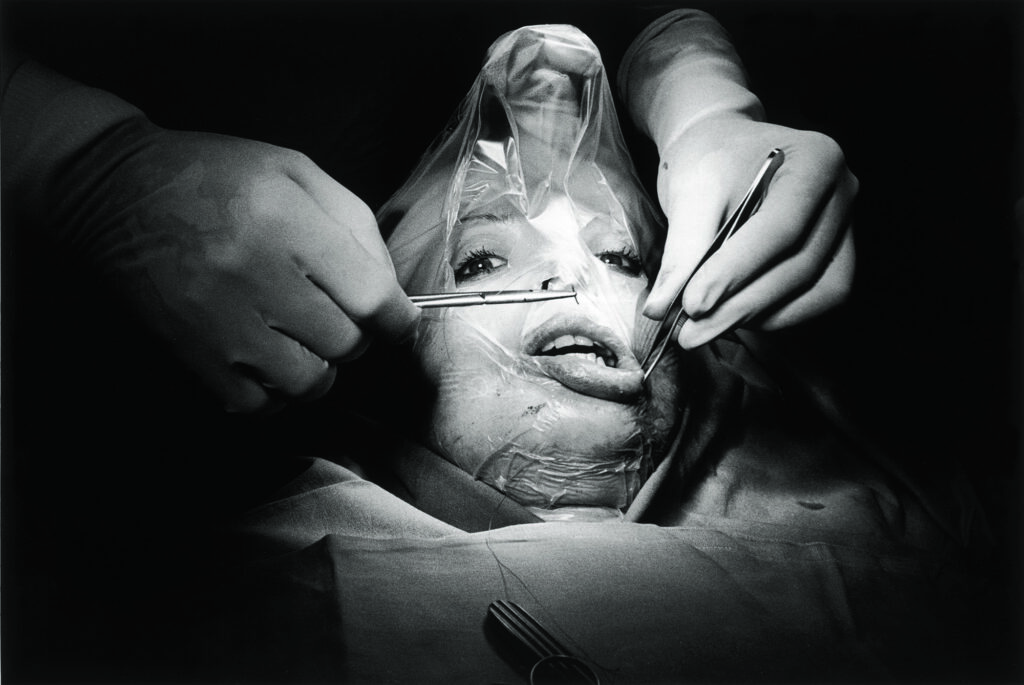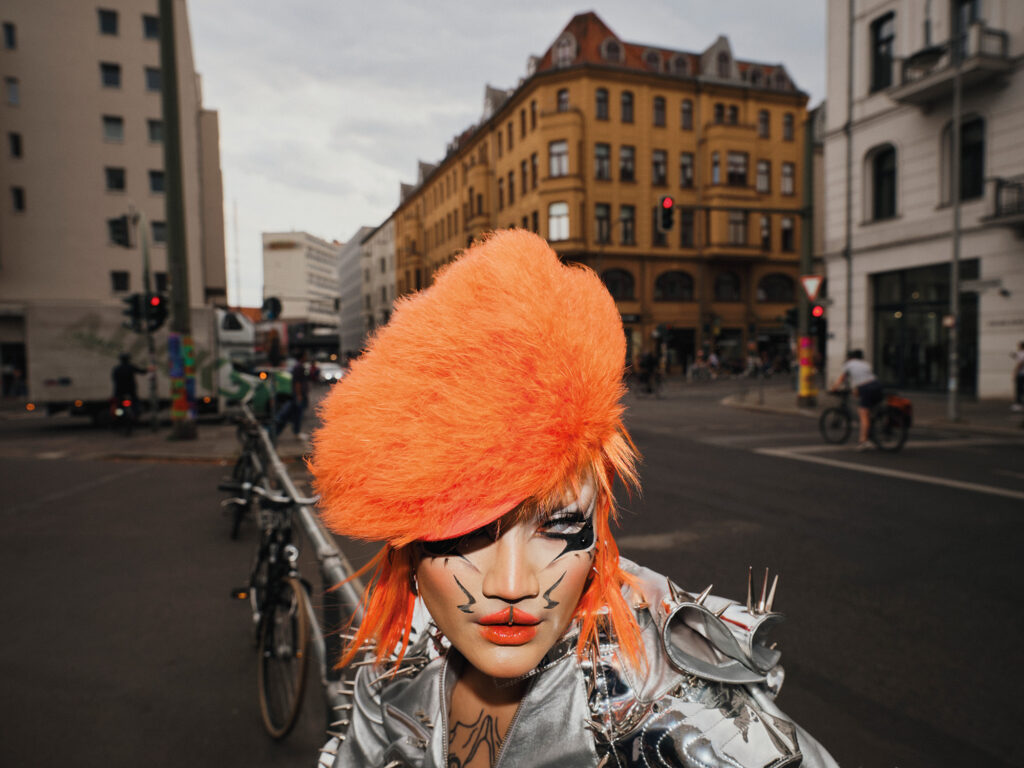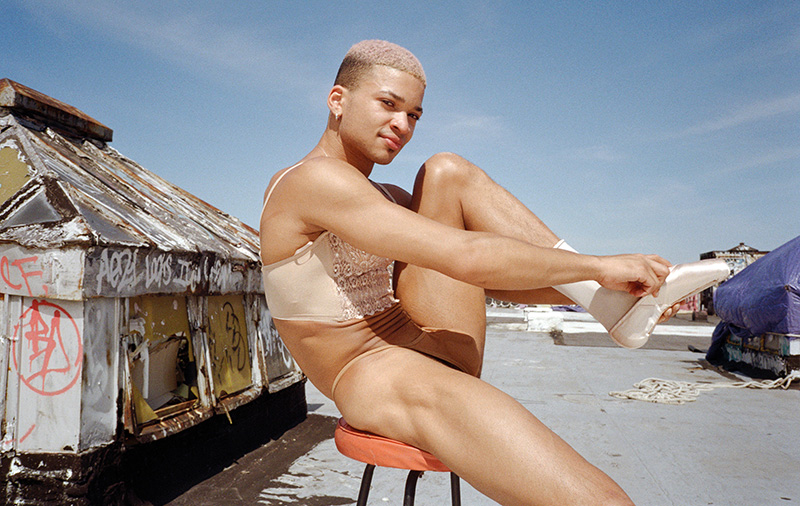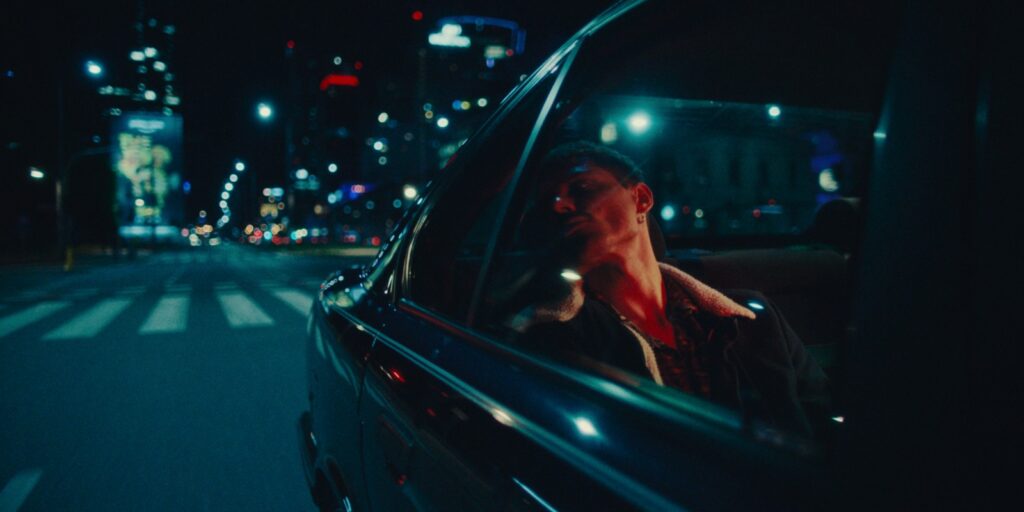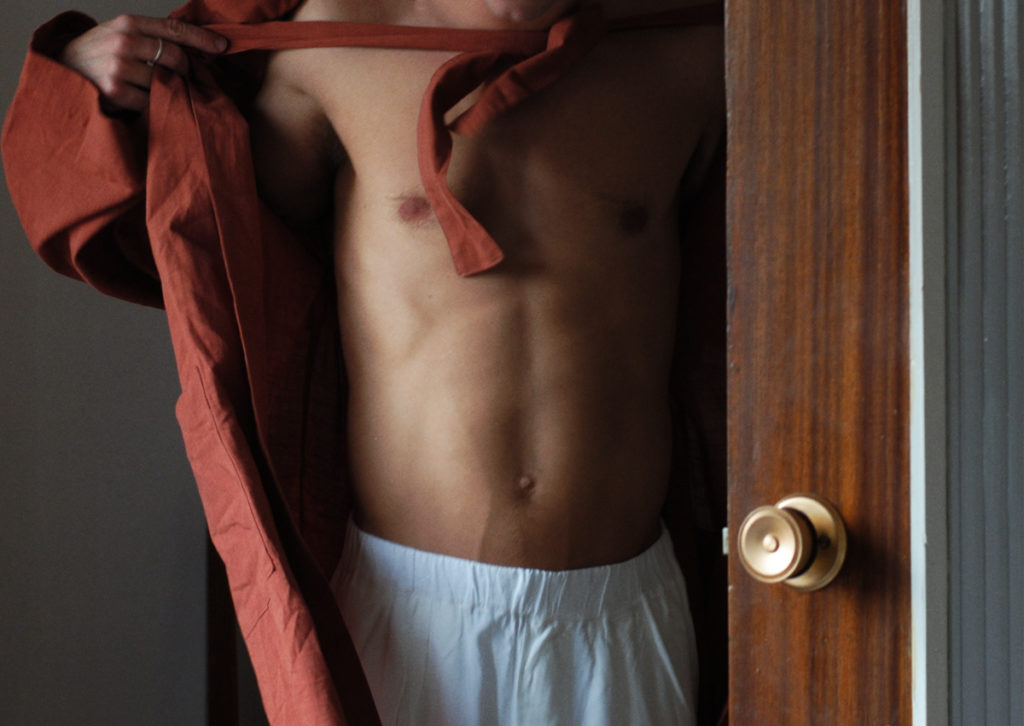Ryan Pfluger: Until We Are All Free
Artist Ryan Pfluger
Words Tom Czibolya
Los Angeles photographer Ryan Pfluger’s new book Holding Space: Life and Love Through a Queer Lens is not only a rare documentation of queer couples but an immensely moving piece of art. In conversation with Container Love, Ryan told us about the road leading him to this beautiful and sometimes even heart wrenching project and how becoming the facilitator and trying to remove himself from his imagery changed him forever.


Your latest book, Holding Space: Life and Love Through a Queer Lens is about couples. How was the process of deciding which topics to treat with them?
The whole body of work is about intersectionality. I wanted a group of people that can talk about broad range of topics, so they can answer questions about race, religion, socio-economics and so on – a large net to show how diverse the queer community really is. I wanted to show how the different aspects of identity affect relationships.
What was the personal reference in your life that triggered or even validated the idea of the book?
I’ve been thinking about the book for a really long time. My first partner was half black, half Native American. Most of my formative relationships were interracial and each of them felt like a major period of growth for me. They were so completely different from each other, they really helped me learn how to listen to personal stories instead of making general assumptions. Growing up kind of poor, struggling with identity, I thought I knew how it feels to be an outlier. I needed to learn that it just provided me the tools to understand, and I still needed to put in the work.
How is it working with couples when it comes to interactions?
I’m a very quiet photographer and I like leaning into people’s uncomfortability in order to make them comfortable. There is this in-between space where having a camera becomes almost therapeutic, a tool that allows me and the people I photograph to be really present.
When it comes to couples, you immediately start seeing what their dynamics are: there is usually one partner that’s more comfortable than the other. Which allows one to give space and comfort to make the other comfortable. Instead of trying to force a concept on them, I very much allow the space to be meditative – it’s less time photographing and more time creating a safe space to photograph.



It’s an interesting fact that you used the same amount of film for every couple. How conscious of a decision it was to keep the documentary aspect?
I’m a traditional portrait photographer so I wanted to be really conscious of what the role of photography is and how I can flip that a bit. There is an anthropological documentary vibe to the book and this is why what images and texts ended up in it, were equally decided by the couples and myself. I wanted the power dynamics to be equal, if not leaning more into what their needs and wants were. I wanted to be the facilitator rather than controlling the narrative.
There is a lot of duality in queer visibility today. Queer people have more publicity than ever before, yet hate crimes are on the rise. How can one cope with these turbulent times?
It’s one thing to have visibility and it’s another to have safety and true understanding. Having access to content or being able to talk to people just like us doesn’t make real life situations any easier. Imagine that you’re living in a small town, but manage to find people on the internet who are like you and have the same experiences as you, but they are far away. You still need to go out to public spaces where you are not necessarily safe but where you still have to exist. We can create a false sense of safety but the reality is a bit different.
How does it change a person over time if they’re struggling to get recognized and accepted for what they are?
No one is free until we are all free. Yes, certain queer people have more safety and rights than others, whether it’s because of white privilege or someone who is passing as cis hetero. There are so many of these nuances that make queerness very special but really complicated, too. We are still in very broad, general conversations while I think queerness is best understood when you get into the complexity of it.
No one is a monolith. Experiences may have commonalities but they are never the same or processed the same way. This is why first person accounts, with actual conversations have become so important to me. This is what I want to see more of in art. Accessibility and specific explanations doesn’t diminish the power of art.


What is the biggest challenge for the narrator when it comes to these sorts of social discussions?
Photography is very narcissistic. Every portrait is a self-portrait regardless of who you are photographing. It’s a piece of the photographer. I think the hardest part for me is removing myself from my imagery more. The most difficult part for me was making sure that this body of work wasn’t about the proximity to whiteness.
Sometimes the beauty of social media surprises you, and my audience turned out to be from a much broader spectrum than I expected.
In your book, each image comes with the self-written stories of the people you photograph. Why was it important for you to go with this format?
It’s how I want my art to exist. Coming from an art history background and just loving photography, I often come across this feeling that I want to know what the person in the photograph was actually thinking and feeling, not what the artist was trying to imply. I didn’t want to lead the conversation so I kept it very open.
In the book, a lot of times the photographs and the texts really, really don’t match up and I love that. I love the fact that people were comfortable enough with me to make interesting images and then share stories that are so honest and uncompromised. The textual context totally changes all assumptions and how you view the work.
What was the story that stayed with you for the longest?
There’s a couple in the book, they gave me their text the day after they broke up. It’s the text this person wrote to his partner the morning after, kind of re-explaining why he needed to leave the relationship. It’s brutally honest, it’s filled with a lot of love, but there is also this very deep sadness to it.
There are a lot of stories like that in the book, couples that broke up, but decided to stay part of the body of work. Those ended up being the most fascinating to me, because they were conversations that show the complexity of what it means to be with a partner that has a different marginalised identity than yours and how this can affect the relationship over time. I think having access to these personal experiences is just very rare.
What is it that you personally take away from Holding Space?
I think this work really changed my practice as well as my future goals as an artist. I’ve always found it very frustrating that marginalized communities don’t generally have control over their own narratives. It’s almost always an outsider coming in to tell their stories. The idea that I can be a facilitator while still remaining an artist, someone who can amplify other people’s voices is the most beautiful thing. And I really hope that this mindset will come through everything that I do from this day forward.


“The idea that I can be a facilitator while still remaining an artist, someone who can amplify other people’s voices is the most beautiful thing.”
In your book, each image comes with the self-written stories of the people you photograph. Why was it important for you to go with this format?
It’s how I want my art to exist. Coming from an art history background and just loving photography, I often come across this feeling that I want to know what the person in the photograph was actually thinking and feeling, not what the artist was trying to imply. I didn’t want to lead the conversation so I kept it very open.
In the book, a lot of times the photographs and the texts really, really don’t match up and I love that. I love the fact that people were comfortable enough with me to make interesting images and then share stories that are so honest and uncompromised. The textual context totally changes all assumptions and how you view the work.
What was the story that stayed with you for the longest?
There’s a couple in the book, they gave me their text the day after they broke up. It’s the text this person wrote to his partner the morning after, kind of re-explaining why he needed to leave the relationship. It’s brutally honest, it’s filled with a lot of love, but there is also this very deep sadness to it.
There are a lot of stories like that in the book, couples that broke up, but decided to stay part of the body of work. Those ended up being the most fascinating to me, because they were conversations that show the complexity of what it means to be with a partner that has a different marginalised identity than yours and how this can affect the relationship over time. I think having access to these personal experiences is just very rare.
What is it that you personally take away from Holding Space?
I think this work really changed my practice as well as my future goals as an artist. I’ve always found it very frustrating that marginalized communities don’t generally have control over their own narratives. It’s almost always an outsider coming in to tell their stories. The idea that I can be a facilitator while still remaining an artist, someone who can amplify other people’s voices is the most beautiful thing. And I really hope that this mindset will come through everything that I do from this day forward.


